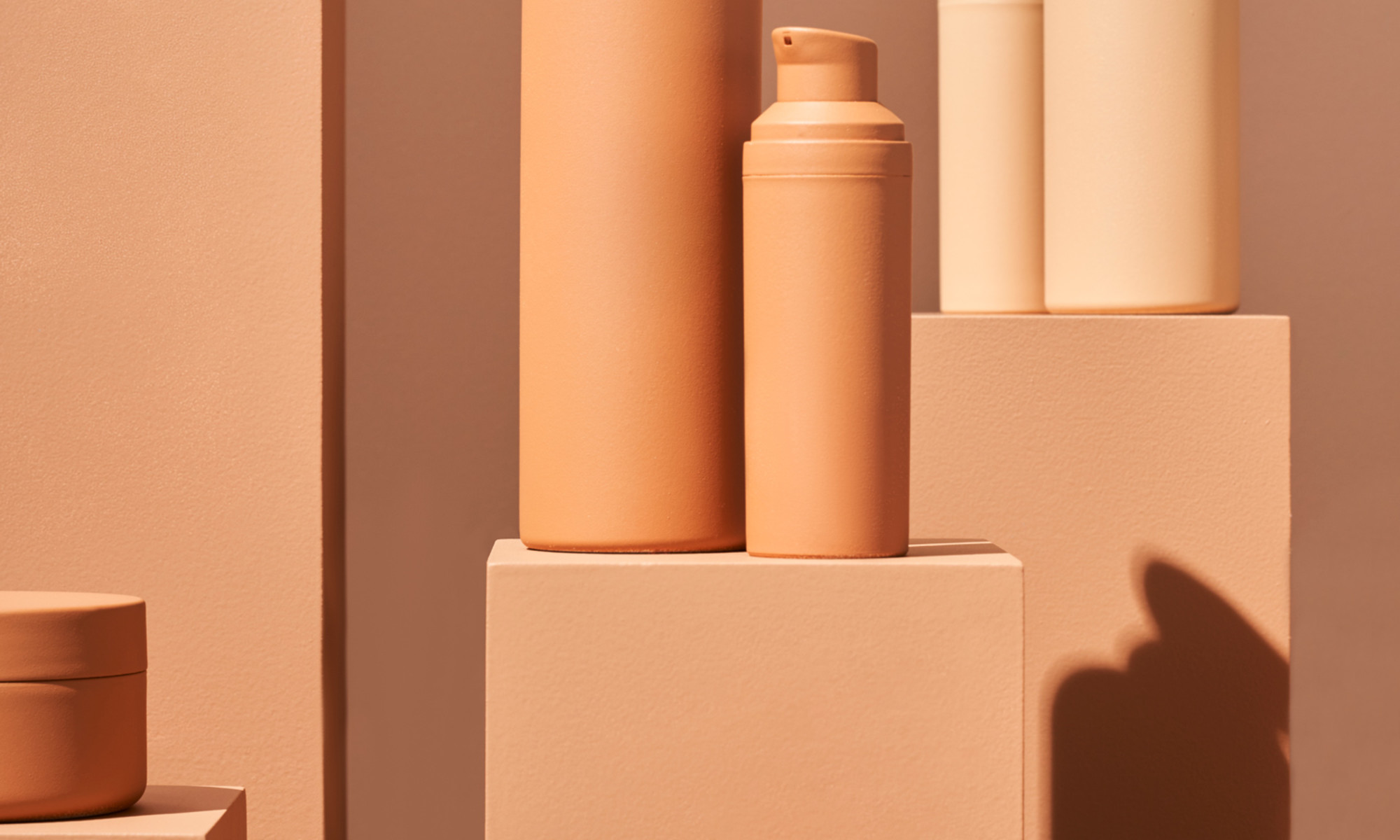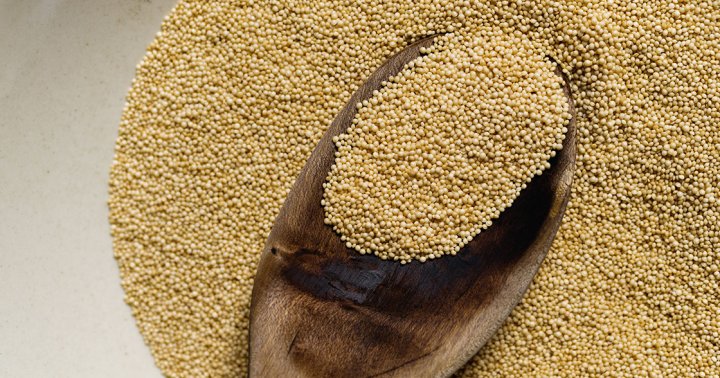What’s Next In Sustainable & Clean Beauty? 3 Top Takeaways From An Expert
Here's what’s on the horizon for clean, sustainable beauty.


mbg Beauty Director
mbg Beauty Director
Alexandra Engler is the beauty director at mindbodygreen and host of the beauty podcast Clean Beauty School. Previously, she's held beauty roles at Harper's Bazaar, Marie Claire, SELF, and Cosmopolitan; her byline has appeared in Esquire, Sports Illustrated, and Allure.com.
April 25, 2023 Our editors have independently chosen the products listed on this page. If you purchase something mentioned in this article, we may When we address beauty’s sustainability problem, it’s very easy to get tunnel vision. We set our sights on one issue, and only work within the context of that problem. But to really support the health of our planet, we need to think big picture and broadly. It’s not one step to solve—it’s every step of the way. “With sustainability, you have to think holistically. It’s about addressing biodegradability, secondary packaging, carbon footprint, the emissions, and all the ingredients that are going into it,” says sustainability expert and product developer Angela Ubias, co-founder of Common Heir. 
Advertisement
This ad is displayed using third party content and we do not control its accessibility features.
In this episode of Clean Beauty School, I chat with Ubias about what’s on the horizon for clean, sustainable beauty: “On the clean ingredient side, we have already seen this shift in the mainstream of being more open to it, and that consumer shift leading to more innovative materials. And so now packaging needs to catch up because it is so far behind.” Here, three things to look for as we move forward.Repurposing
As much as we’d like to think our recycling efforts are working, reports show that less than 10% of recycled materials1 actually end up being so. That’s a staggering (and sobering) 90% of packaging that ends up in landfills. Says Ubias, “unfortunately most things are wish-cycled. Unless you’re doing everything the exact right way, it's the same as putting it in the garbage bin.” First and foremost, this is a larger systemic problem that needs to be addressed by governments and various industries working together.
But in the meantime, for smaller brands and everyday folks who genuinely want to help reduce their footprint, this can feel extremely disheartening. What can be done in the face of statistics like this? Ubias asks, “How can we encourage people to repurpose packaging instead of just recycling it?”
Biodegradability testing
Biodegradability is a buzzy beauty term that—at this time—lacks regulation. There are no set standards that need to be met in order for a brand to call a product, packaging, or formulation “biodegradable,” in the same way that “clean,” “natural,” or “hypoallergenic” aren’t regulated terms.
This doesn’t mean that any brand who uses it is greenwashing their products—in fact, lots of great brands have created truly biodegradable packaging or formulation options. However, it does mean that the consumer should be aware of this nuance, and brands themselves should offer clarity about exactly what they mean when they use it.
“I am very encouraged to see a lot of companies doing the right thing by doing biodegradability testing,” she says. “Unfortunately, I think a lot of that data is still not fully baked enough into the process, but I see the shift happening.”
Advertisement
This ad is displayed using third party content and we do not control its accessibility features.
Inclusivity in clinicals
If we want a more sustainable beauty industry, it needs to be more sustainable for all. That’s why inclusivity is an important part of this broader conversation.
And one area that the industry’s been lacking is ensuring that clinical trials are representative of all skin tones. “I love to continue to see this shift towards more inclusivity, including the way that we look at clinical trials. So for clinical trials, you'll have the Fitzpatrick scale of one to six of skin tones, One will be your fairest, and six will be your deepest,” she explains. “When you looked at clinical trials, even up to three years ago, the default for the folks that structure these studies was that the deepest tones used to be three or four. That’s excluding up to half to the folks that actually exist in the world. You can’t answer the question of ‘Did it work for them?’—or more importantly, is it safe for people on that end of the spectrum.”
Want more insights into what sustainable beauty looks like? Tune in.
Advertisement
This ad is displayed using third party content and we do not control its accessibility features.

 Kass
Kass 






























